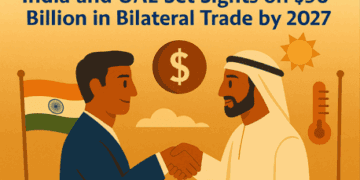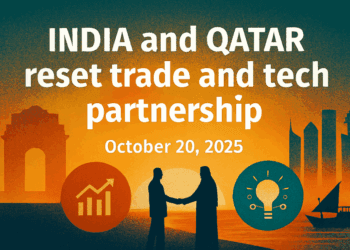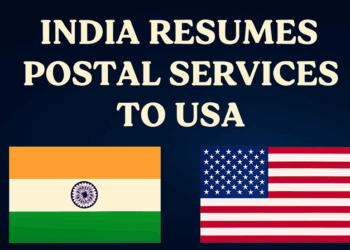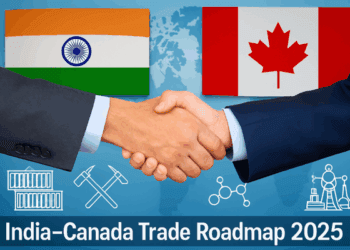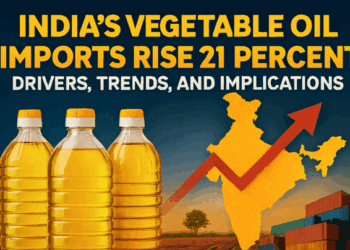India and UAE have embarked on an ambitious journey to elevate their bilateral trade to $50 billion by 2027. This strategic goal reflects the deepening economic partnership between the two nations, driven by shared interests in energy, technology, infrastructure, and non-oil sectors. With the Comprehensive Economic Partnership Agreement (CEPA) as a catalyst, both countries are poised to redefine regional commerce and global connectivity.
Background: A Strategic Economic Alliance
The India-UAE relationship has evolved from traditional energy trade to a multifaceted economic alliance. The signing of CEPA in February 2022 marked a turning point, offering preferential market access, tariff reductions, and legal clarity for businesses. Since its implementation, trade volumes have surged, and investment flows have diversified.
Key Milestones
- 2022: CEPA signed and implemented
- 2023: Bilateral trade crosses $84 billion
- 2025: Non-oil trade reaches $38 billion in H1, up 34% YoY
- 2027: Target set for $50 billion in non-oil trade
CEPA: The Engine of Growth
The CEPA agreement has streamlined customs procedures, reduced tariffs on over 80% of goods, and enhanced services trade. It has also opened doors for SMEs, startups, and digital commerce, making it one of India’s most impactful trade deals.
CEPA Highlights
- Zero-duty access for Indian exports in key sectors
- Legal frameworks for dispute resolution and IP protection
- Eased visa norms for professionals and investors
- Dedicated CEPA implementation committee for monitoring
Sectoral Opportunities
India and UAE are focusing on expanding trade beyond oil and gold. Key sectors include textiles, pharmaceuticals, food processing, electronics, and renewable energy. The UAE’s position as a logistics hub complements India’s manufacturing and tech capabilities.
| Sector | India’s Strength | UAE’s Role |
|---|---|---|
| Textiles & Apparel | Large-scale production, skilled labor | Retail distribution, re-export hub |
| Pharmaceuticals | Generic drug manufacturing | Healthcare infrastructure, regulatory access |
| Agri & Food Processing | Agri exports, processed foods | Import demand, food security initiatives |
| Renewable Energy | Solar and wind tech innovation | Green investment, carbon-neutral goals |
Investment and Infrastructure
UAE sovereign funds and private investors have shown growing interest in Indian infrastructure projects, including ports, highways, and logistics parks. India’s Gati Shakti initiative and National Infrastructure Pipeline align with UAE’s strategic investment goals.
Recent Investment Highlights
- ADIA and Mubadala investing in Indian logistics and fintech
- Joint ventures in smart cities and industrial corridors
- UAE participation in India’s renewable energy auctions
- Collaborations in digital infrastructure and AI
Trade Delegations and Diplomacy
High-level ministerial visits and trade delegations have reinforced the momentum. In September 2025, a 70-member delegation from India visited Abu Dhabi to explore export opportunities and deepen CEPA implementation.
Diplomatic Engagements
- Joint CEPA review meetings every quarter
- India-UAE Business Council expansion
- Trade exhibitions and startup showcases
- Collaborative platforms for women entrepreneurs
Digital and Startup Ecosystem
India’s booming startup ecosystem is finding traction in the UAE’s innovation-friendly environment. Fintech, healthtech, and agritech startups are leveraging CEPA to expand operations and access funding.
Startup Synergies
- UAE-based accelerators onboarding Indian startups
- Cross-border payment and digital ID collaborations
- Joint hackathons and innovation challenges
- Blockchain and AI partnerships in logistics
Challenges and Strategic Risks
Despite the optimism, challenges remain. Regulatory harmonization, currency volatility, and geopolitical tensions could impact trade flows. Both nations are working to mitigate risks through policy alignment and trade facilitation.
Key Risks
- Non-tariff barriers and customs delays
- Currency fluctuation affecting export margins
- Geopolitical instability in the Middle East
- Cybersecurity and data protection concerns
Voices from Industry
Industry leaders have welcomed the $50 billion target, citing CEPA’s effectiveness and the UAE’s strategic location. Exporters are optimistic about scaling operations and accessing new markets.
Quotes
- “CEPA is a game-changer for Indian textiles,” – Rakesh Bansal, Apparel Export Council
- “We see UAE as a gateway to Africa and Europe,” – Priya Mehta, PharmaTech India
- “Digital trade is the next frontier,” – Anwar Sheikh, UAE-India Business Forum
Conclusion
The $50 billion bilateral trade target between India and UAE is more than a number—it’s a vision for shared prosperity, regional leadership, and global relevance. With CEPA as the foundation and strategic collaboration across sectors, both nations are well-positioned to achieve this goal. As 2027 approaches, the partnership will likely serve as a model for future trade agreements and South-South cooperation.
Postscript: What to Watch Next
Upcoming developments include the launch of a digital trade corridor, expansion of CEPA to include services and e-commerce, and joint participation in global trade forums. The India-UAE partnership is set to redefine the future of bilateral trade in the Global South.
